

Damion Smy
China introduces “no fire, no explosion” EV battery standards
21 Minutes Ago
Stellantis brands including Peugeot and Fiat have updated their commercial vans. Ram has also detailed its first electric vehicle.

Contributor
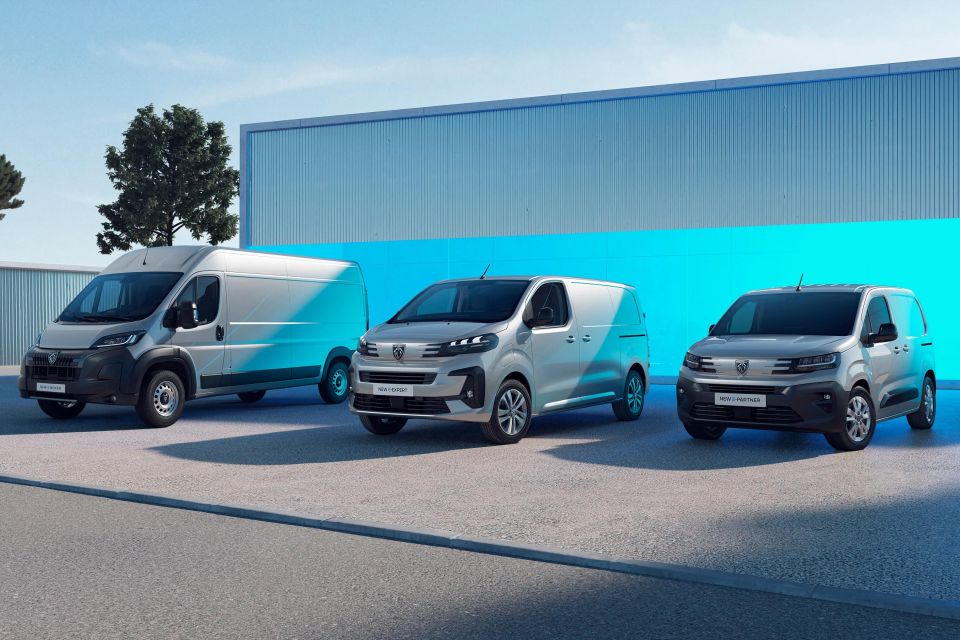

Contributor
Stellantis has rolled out updates to its commercial van range across all its brands, including Citroen, FiatProfessional, Opel, Peugeot, Ram, and Vauxhall.
All 12 of these updated compact, medium and large commercial vans are closely related and share a range of common components. The main differences are styling and the badge on the grille.
The only Stellantis commercial vehicles that are currently sold in Australia are the Fiat Ducato, as well as the Peugeot Partner, Expert, Boxer, and E-Partner. The latter only launched locally earlier this year.
“We’re delighted to see the global reveal of the refreshed electric Peugeot light commercial vehicle (LCV) range,” said a Peugeot Australia spokesperson.

“Peugeot Australia is pleased to advise that the E-Expert confirmed to arrive in the local market in 2024 will be the refreshed range, and as we have recently launched the E-Partner, information regarding the arrival timing and specification of the globally revealed model will be shared in due course.
“At this stage, the E-Boxer remains under consideration for the Australian market.”
Fiat Australia on the hand said it’s not making any announcements on the updated Ducato and E-Ducato at this stage.
Citroen hasn’t offered any light commercial vehicles in Australia since 2018 and at this stage it’s uncertain if any will be returning with the update.
The French carmaker has detailed updates for its electric commercial vans, as well as its combustion-powered commercial vans.
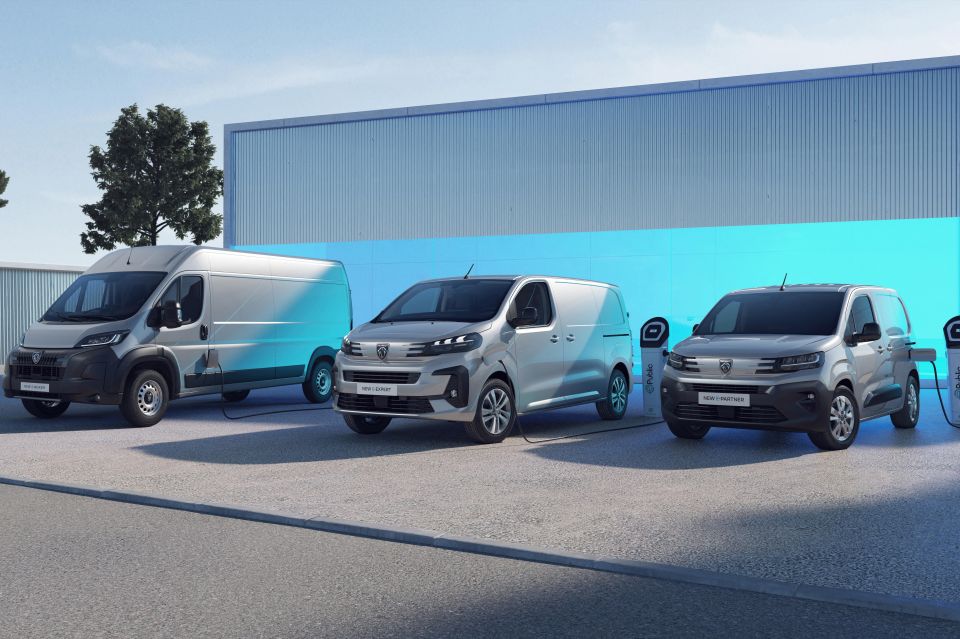
The Peugeot Partner and E-Partner, Expert and E-Expert, and Boxer and E-Boxer have all received refreshed grille, headlight and bumper designs.
Partner/E-Partner
The compact E-Partner continues to be powered by a single electric motor producing 100kW of power and 270Nm of torque. It’s also fed by a 50kWh battery pack, though claimed range is now up to 330km according to preliminary WLTP testing (up from 258km).
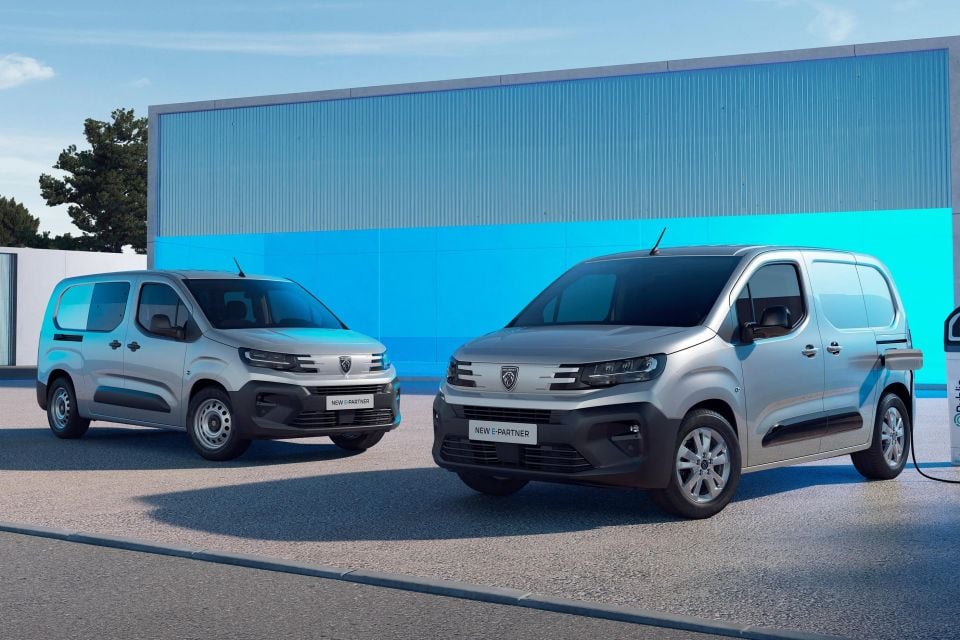
There are now three levels of regenerative braking available in the E-Partner, which can be activated using paddles located behind the steering wheel.
The E-Partner continues to be offered in two different lengths – standard- or long-wheelbase. Only the latter is offered in Australia.
The combustion-powered Partner on the other hand continues to be offered with a range of carryover turbocharged petrol or diesel engines. Only the 1.2-litre turbocharged three-cylinder petrol engine is offered here at the moment with outputs of either 81kW and 205Nm or 96kW and 230Nm, depending on the configuration.
Expert/E-Expert
The mid-sized Peugeot E-Expert is still powered by a single electric motor producing 100kW and 260Nm. It’s fed by a 50kWh battery pack, though now offers a claimed range of up to 350km according to preliminary WLTP testing (up from 330km.)
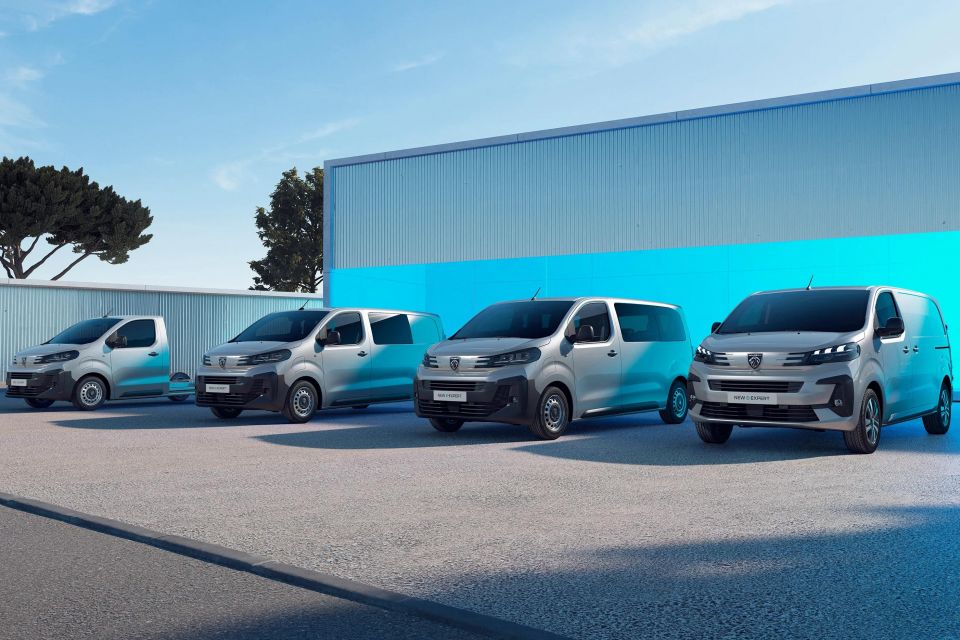
Like the E-Partner, the E-Expert now comes with three levels of regenerative braking that can be cycled through using paddles behind the steering wheel.
The plug-in hydrogen fuel cell version of the E-Expert is now capable of a claimed range of more than 400km according to preliminary WLTP testing. The pre-update model has a claimed WLTP range of 400km.
The E-Expert continues to be offered in a number of different configurations including standard- and long-wheelbase vans, as well as a standard- or long-wheelbase Combispace people mover.
The combustion-powered Expert on the other hand continues to be offered with a range of carryover turbo-diesel powertrains.
All current models are powered by a 2.0-litre four-cylinder turbo-diesel producing 110kW and 370Nm. This is mated to either a six-speed manual or eight-speed automatic transmission, depending on the configuration.
Boxer/E-Boxer
The large Peugeot E-Boxer van now comes with “entirely new electric components”, including the electric motor and battery pack.
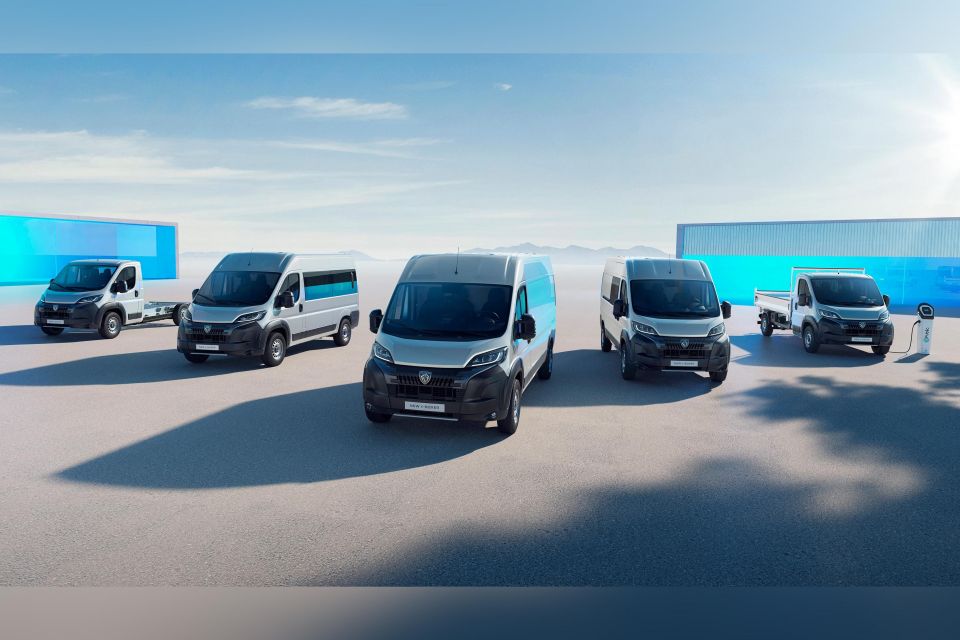
The single electric motor now produces 200kW and 400Nm of torque, which is up 109kW and 50Nm compared to the pre-update model.
There’s now also a 110kWh battery pack (up from 75kWh), with a claimed range of up to 420km according to preliminary WLTP testing. The pre-update model has a claimed WLTP range of 248km.
The E-Boxer now has three driving modes that can be selected on the dashboard, as well as four levels of regenerative braking that can cycled through with paddles behind the steering wheel.
There continue to be a number of different configurations the E-Boxer can be had in, including short- and long-wheelbases, as well as panel van and cab-chassis body styles.
The combustion-powered Boxer on the other hand continues to be powered by a 2.2-litre four-cylinder turbo-diesel engine that’s available in three different tunes. A new eight-speed automatic transmission is available on the two more powerful tunes.
The Peugeot Boxer is currently only offered in Australia with the 121kW tune, six-speed manual transmission and the long-wheelbase panel van body style.
Like the Peugeot vans, all the updated Fiat commercial vans receive revamped exterior styling.
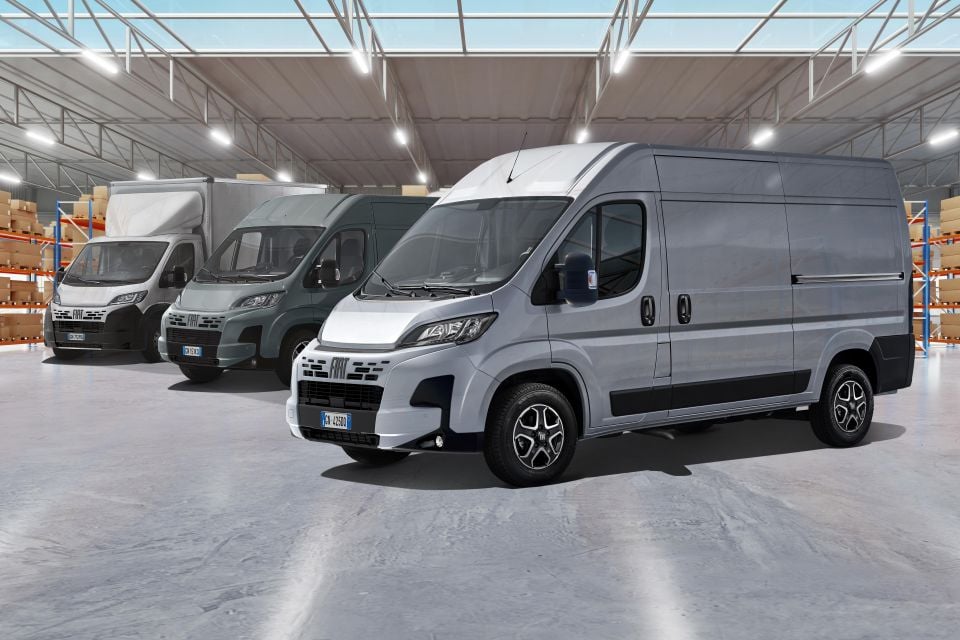
Only the Ducato is offered locally at the moment, with the Doblo and Scudo getting axed from the local range in 2018 and 2015, respectively.
Ducato/E-Ducato
The Fiat E-Ducato is essentially a rebadged Peugeot E-Boxer, with it sharing all the same updates.
These include the more powerful single electric motor with 200kW and 400Nm, the larger 110kWh battery pack, as well as the longer claimed range of 420km according to preliminary WLTP testing.
In addition to the new electric components, the E-Ducato now receives a 10-inch touchscreen infotainment system, 7.0-inch digital instrument cluster, electric park brake, keyless entry and push-button start, wireless phone charger, dual USB-A and USB-C chargers, 230-volt power outlet, as well as a heated windshield.

There are also a wide range of new advanced driver assistance systems (ADAS) including autonomous emergency braking, lane departure warning, lane centring, adaptive cruise control with stop & go, traffic jam assist, traffic sign recognition, as well as a reversing camera.
The combustion-powered Ducato on the other hand continues to be powered by a 2.2-litre four-cylinder turbo-diesel engine that’s available in three different tunes. An eight-speed automatic transmission is available on the two more powerful tunes.
The Fiat Ducato is currently only offered in Australia with the 130kW tune which is mated to a nine-speed automatic. Medium-, long-, and extra long-wheelbase van options are available.
The rest of the updated Stellantis commercial vans from Citroen, Opel, Vauxhall, as well as Ram have alterations that are very similar to those on the corresponding Peugeot vans.
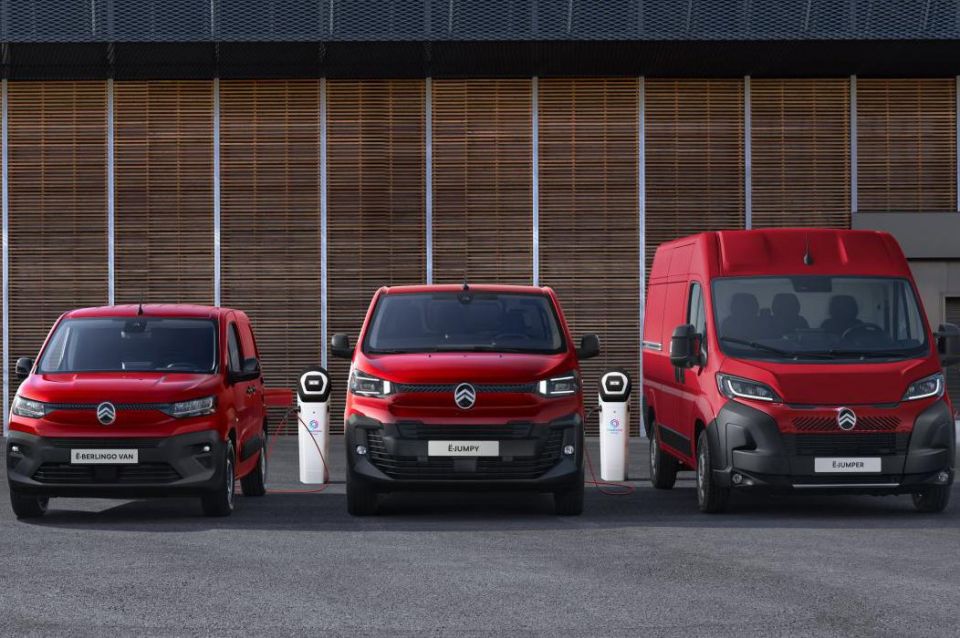
The Ram ProMaster EV is technically the brand’s first electric vehicle (EV), with it set to go on sale in the North America by the end of 2023.
It will be followed by the Ram 1500 REV in late 2024. This electric pickup is confirmed to be coming to Australia at an as-yet unspecified time.
Jack Quick is an automotive journalist based in Melbourne. Jack studied journalism and photography at Deakin University in Burwood, and previously represented the university in dance nationally. In his spare time, he loves to pump Charli XCX and play a bit of Grand Theft Auto. He’s also the proud owner of a blue, manual 2020 Suzuki Jimny.


Damion Smy
21 Minutes Ago


Damion Smy
2 Hours Ago


Matt Robinson
4 Hours Ago


Damion Smy
4 Hours Ago


Damion Smy
19 Hours Ago


Damion Smy
20 Hours Ago